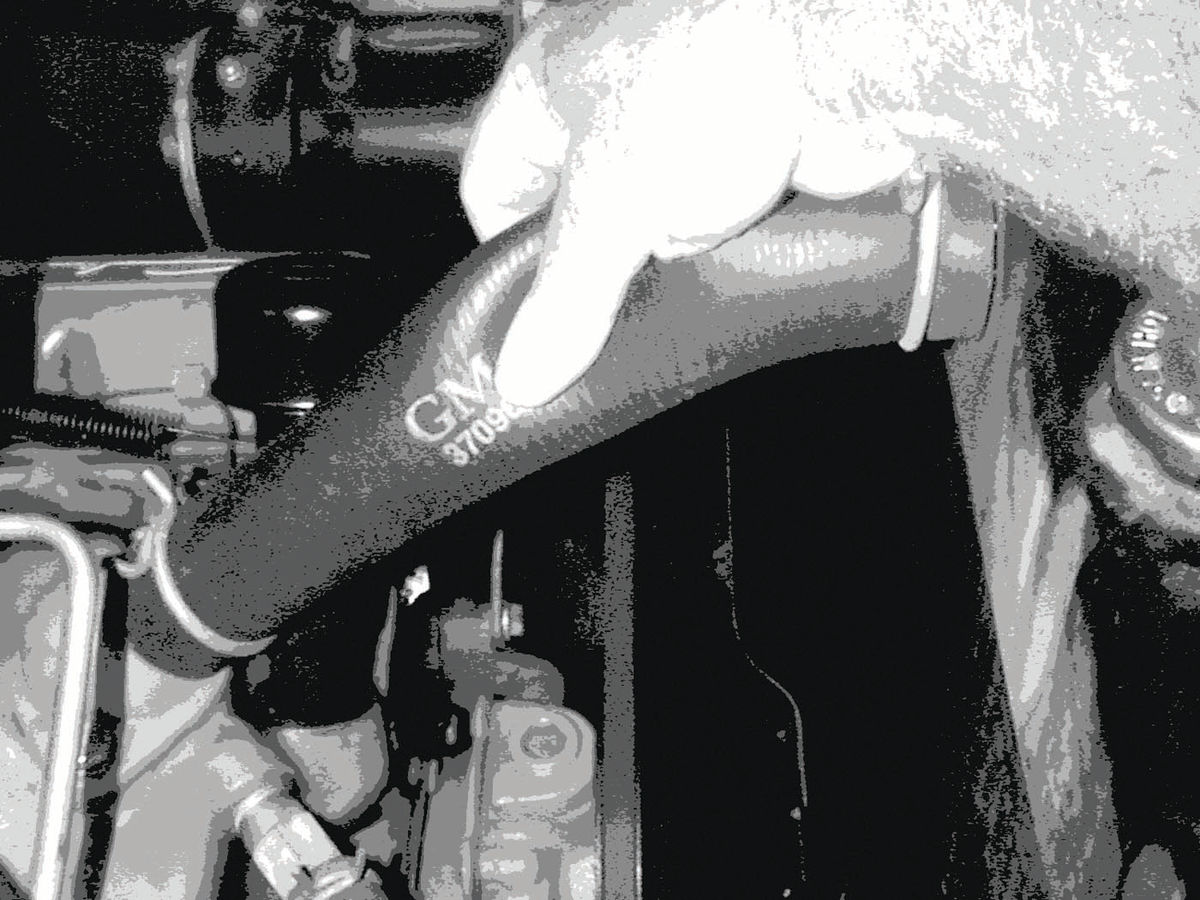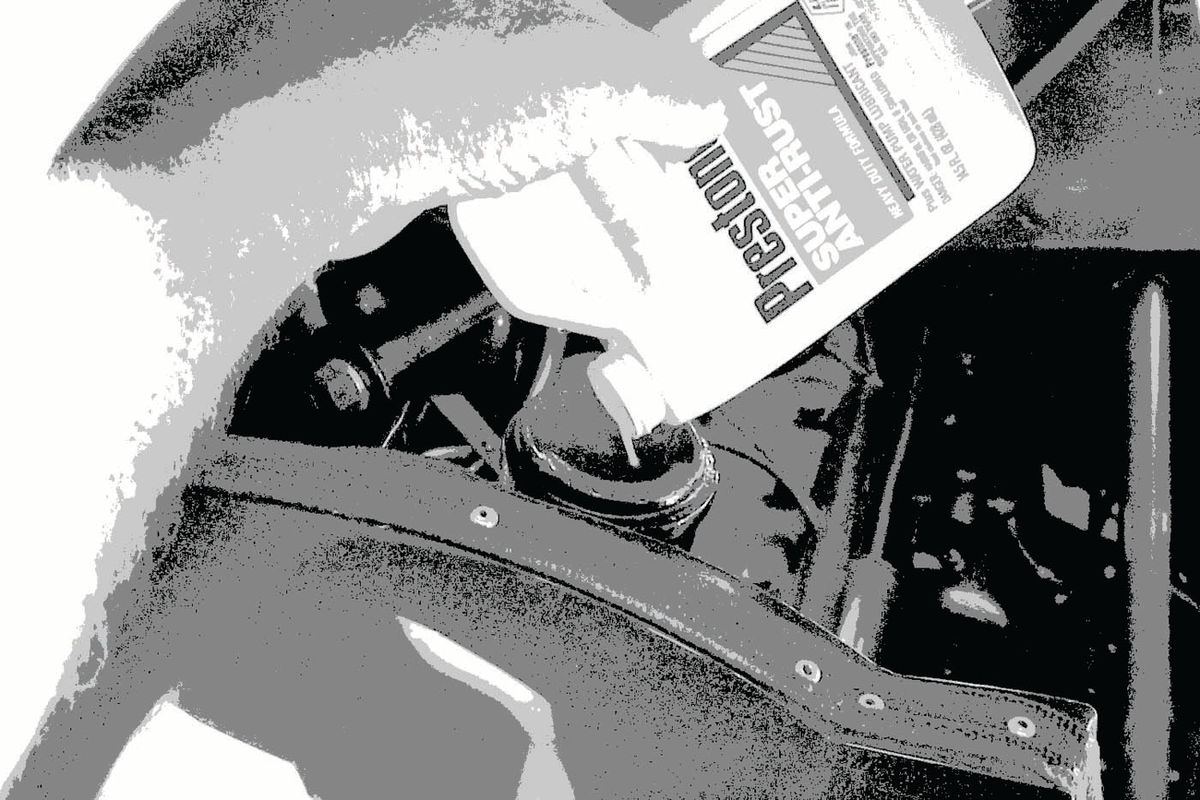Starting an engine after 15 Years
Question:
I was given a nice 1956 Hudson Wasp by a widow in our area. I was able to pump up the tires and tow it home, but its brakes are non-functioning and it hasn’t been started in at least 15 years. Doing the brakes won’t be a problem, but I’m afraid to try to start the engine after it has been sitting this long. What do I need to do to avoid damaging it?
Answer:
That is a nice find, Mark. Not many of those are around anymore. At minimum you will need to drain the gas tank and put a few gallons of fresh fuel in it. But to be safe it would be wise to drop the tank, take out the fuel gauge sending unit, and have a look inside. If it is full of rust and muck the best thing to do would be to have it hot-tanked at a radiator shop and then coated to prevent further corrosion.
After that I would drain the cooling system and fill it with water and a rust inhibitor. Chances are there is not much, if any, coolant left in it and what is there is rusty and nasty. Also, I would inspect all the hoses and belts and replace any that are cracked or swollen or frayed in the case of the belts.
Next, change the oil and filter, if there is one. Old oil can be full of acids from combustion gasses and be very corrosive. After draining it, have a look at the oil to see if it has water or metal contaminants in it and if it does, you may be facing a bad head gasket, cracked block or some kind of bearing failure inside the engine, and in that case you need to locate the problem and fix it before going further.




Next remove the spark plugs and examine them. If the engine is healthy they should be dark gray and a little sooty, but if they are extremely sooty, oily or rusty, indicating a blown head gasket, the engine will most likely need work. However, if the plugs look healthy, set them aside and shoot a little fogging oil down each bore. Fogging oil is available in aerosol cans at boat shops and is also available for lawn mowers and other gasoline-powered equipment. The fogger will coat the cylinder walls with a fine mist of lubricant to help prevent scuffing on start-up.
Take the air cleaner off of the carburetor and remove the float bowl cover. Inspect the bowl for dirt and contamination, and then pour a little fresh gasoline into it to raise the float to its proper level. Replace the cover and tighten it down evenly. After that, replace the battery and clean and brighten its connections. Ground the coil high-tension lead going to the distributor against the block, and then with the plugs still out, spin the engine over a few times to get some oil flowing.
Finally, replace the sparkplugs, attach the high-tension coil wire, shoot a little starter fluid down the carb, depress the accelerator to the floor, depress the clutch and crank the engine over. If all goes according to plan it should start pretty easily after a few turns of the starter. If there is any sustained smoking, clunking or banging, shut it off immediately and determine the cause.
If the engine starts OK and sounds healthy, run it for about 20 minutes and keep an eye on the temperature gauge. Also, get out and check for leaks. Once the engine has run in for 20 minutes or so, it should settle into a healthy purr, the oil pressure should be healthy, and the temperature holding at about 160- 190 degrees on the gauge.
Before going for a drive, I would change the lubricants in the transmission and differential, lube the chassis and pack the front wheel bearings. I would also drain and replace the fluids in the accessory units such as power steering pumps. With any luck you should be back on the road in no time, and you will have a dependable well-made classic to enjoy.















